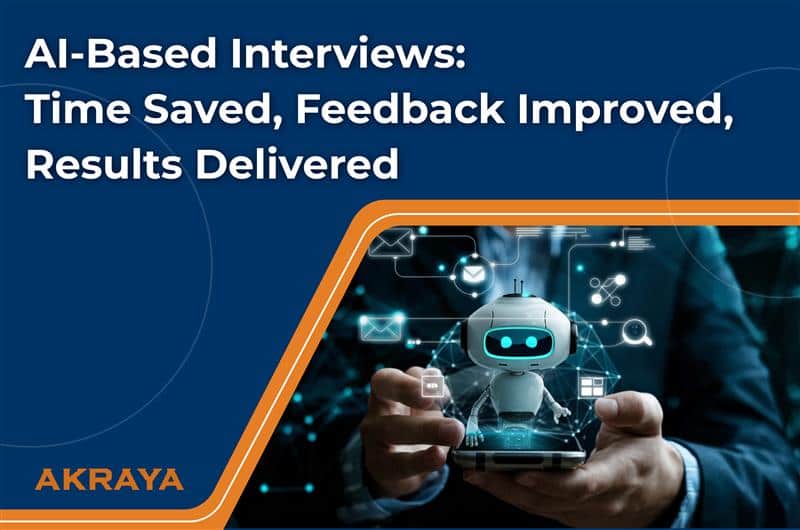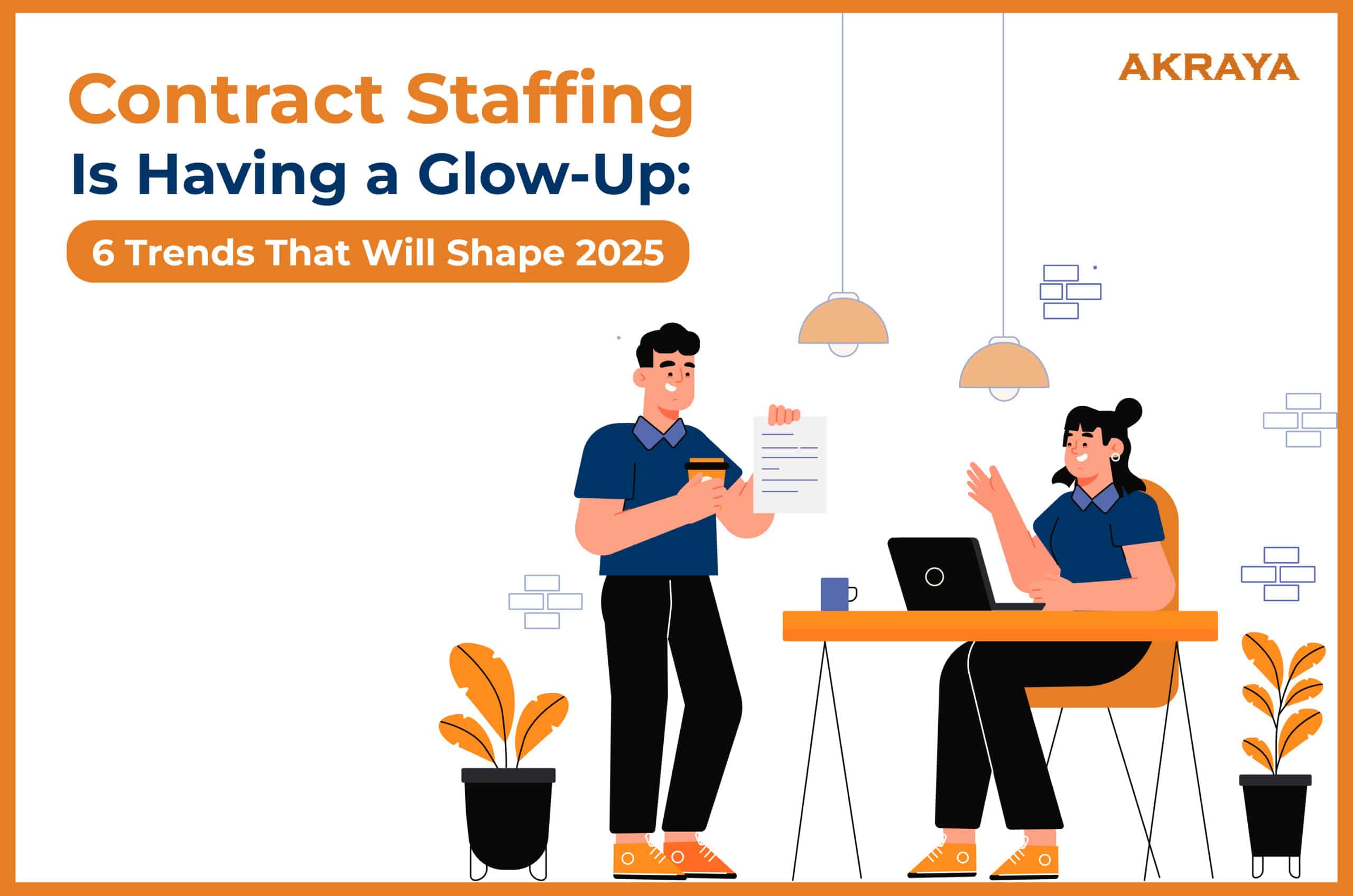How AI is Transforming Staffing: The Future of Intelligent Talent Acquisition
The staffing industry is undergoing a fundamental transformation, and Artificial Intelligence (AI) is at the forefront of this evolution. From...
2 min read
Rinki Yumnam : November 11, 2025

The Shift from Reactive to Predictive Operations
IT operations have evolved far beyond dashboards and manual alerts. In 2025, Managed Service Providers (MSPs) and enterprise IT teams are turning to AIOps, or Artificial Intelligence for IT Operations, to predict failures before they occur, reduce downtime, and optimize infrastructure at scale. The shift is clear: it’s time to move from firefighting to foresight.
For MSPs and IT leaders, AIOps is no longer a futuristic add-on. It has become the operational backbone driving resilience, cost efficiency, and client satisfaction.
At its core, AIOps applies machine learning and big data analytics to automate the detection, diagnosis, and resolution of IT incidents. It ingests data from multiple sources such as logs, events, and metrics to identify anomalies, predict disruptions, and accelerate root-cause analysis.
In a managed services environment, that translates into fewer false alarms, faster response times, and smarter incident resolution. It helps teams meet SLAs more consistently and elevates the client experience.
According to CIO Influence, predictive analytics in IT Service Management is already helping organizations reduce downtime and improve incident resolution. This is proof that AIOps is not just another tech upgrade, it’s a genuine transformation in how IT operations are managed.
The MSP market is facing growing pressure to deliver proactive service models instead of reactive support. AIOps gives service providers that much-needed edge. By predicting maintenance needs, identifying infrastructure risks before users feel the impact, and analysing workload patterns for smarter capacity planning, AIOps empowers teams to stay ahead of disruptions.
It also enhances visibility for clients, offering real-time insights into system performance, costs, and risks. Over time, the algorithms learn from every incident, becoming more accurate with each iteration. This continuous learning turns traditional monitoring into true operational foresight.
Challenges: The Roadblocks to Implementing AIOps
Building an AIOps-Driven Managed Services Model
To make AIOps a sustainable part of your managed services framework, success starts with data readiness. That means ensuring your data is clean, integrated, and well-labeled so your models can learn accurately. Next, standardize your processes to avoid chaos once automation takes over routine tasks.
Cross-functional collaboration is also essential. Involve DevOps, ITSM, and security teams early in the process to ensure a cohesive implementation. Keep feedback loops open by using post-incident analytics to refine predictions and performance over time. And finally, maintain ethical AI practices, transparency in how your models learn, predict, and act is critical for building trust.
Expected Results: From Efficiency to Strategic Advantage
Significant reduction in manual monitoring hours, freeing experts for strategic projects.
AIOps doesn’t replace human expertise, it enhances it. By combining automation with human intelligence, MSPs can shift from reactive firefighting to predictive excellence, building smarter, more adaptive operations that deliver lasting value.
At Akraya, we help enterprises and Managed Service Providers strengthen their operations with data-driven teams, AI-enabled processes, and proactive monitoring models that deliver outcomes, not just uptime.
Explore how our Managed Services and IT Staffing Solutions can help you scale your AIOps strategy with confidence. Reach out to us today.

Akraya transformed application infrastructure into a $900M+ revenue accelerator, enabling scalable growth and future-proofing against next-gen demands.

Akraya’s talent-on-demand strategy transformed merchandising into a predictive revenue engine, driving $8.4B in new sales and enabling the most responsive omnichannel system in the industry.

The staffing industry is undergoing a fundamental transformation, and Artificial Intelligence (AI) is at the forefront of this evolution. From...

Come 2025, in a market where time-to-hire can make or break business outcomes, recruiters are being pushed to do more with less—screen faster,...

If you still think contract staffing is just about filling temporary roles quickly, 2025 is going to change your mind fast.